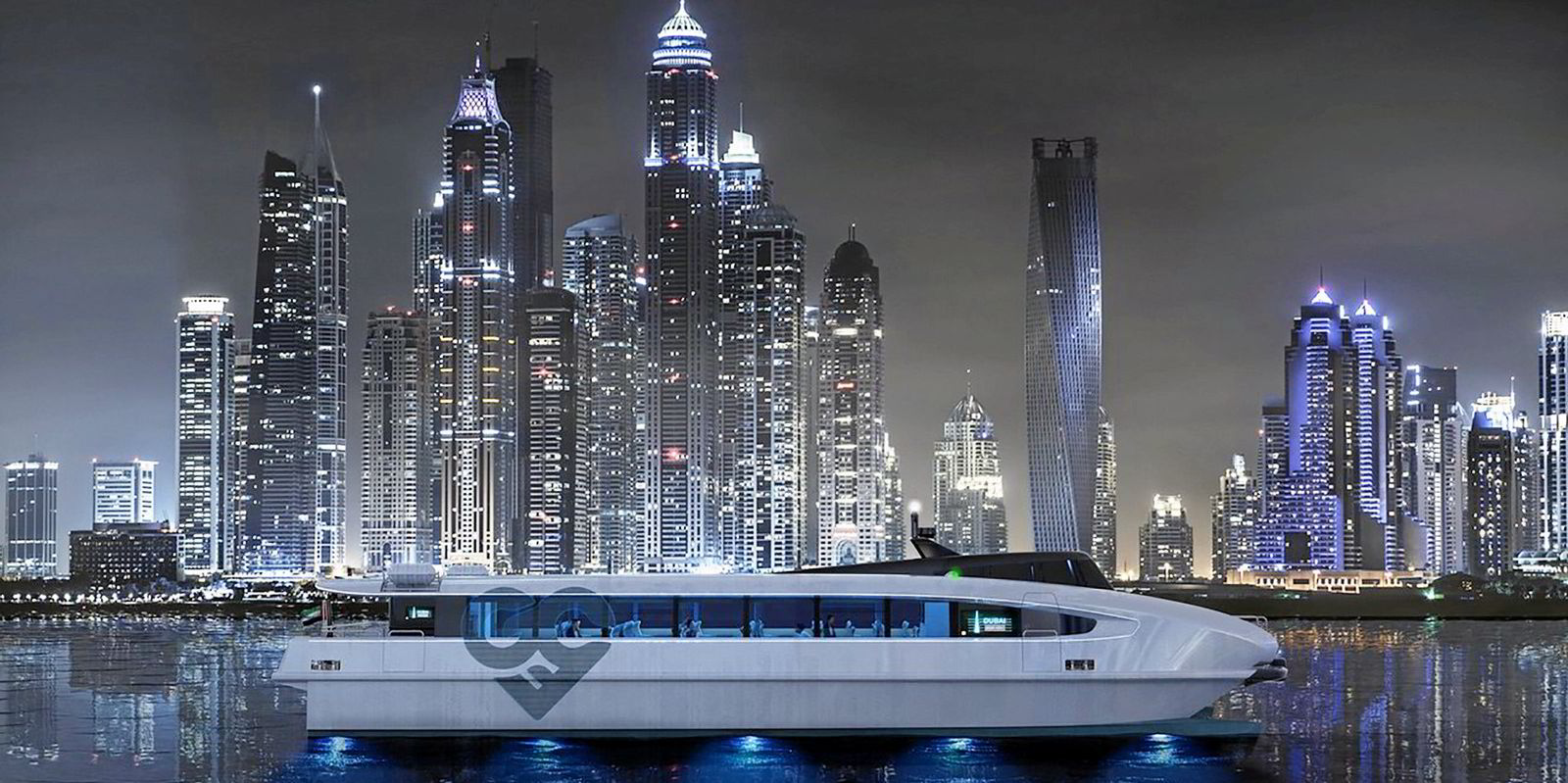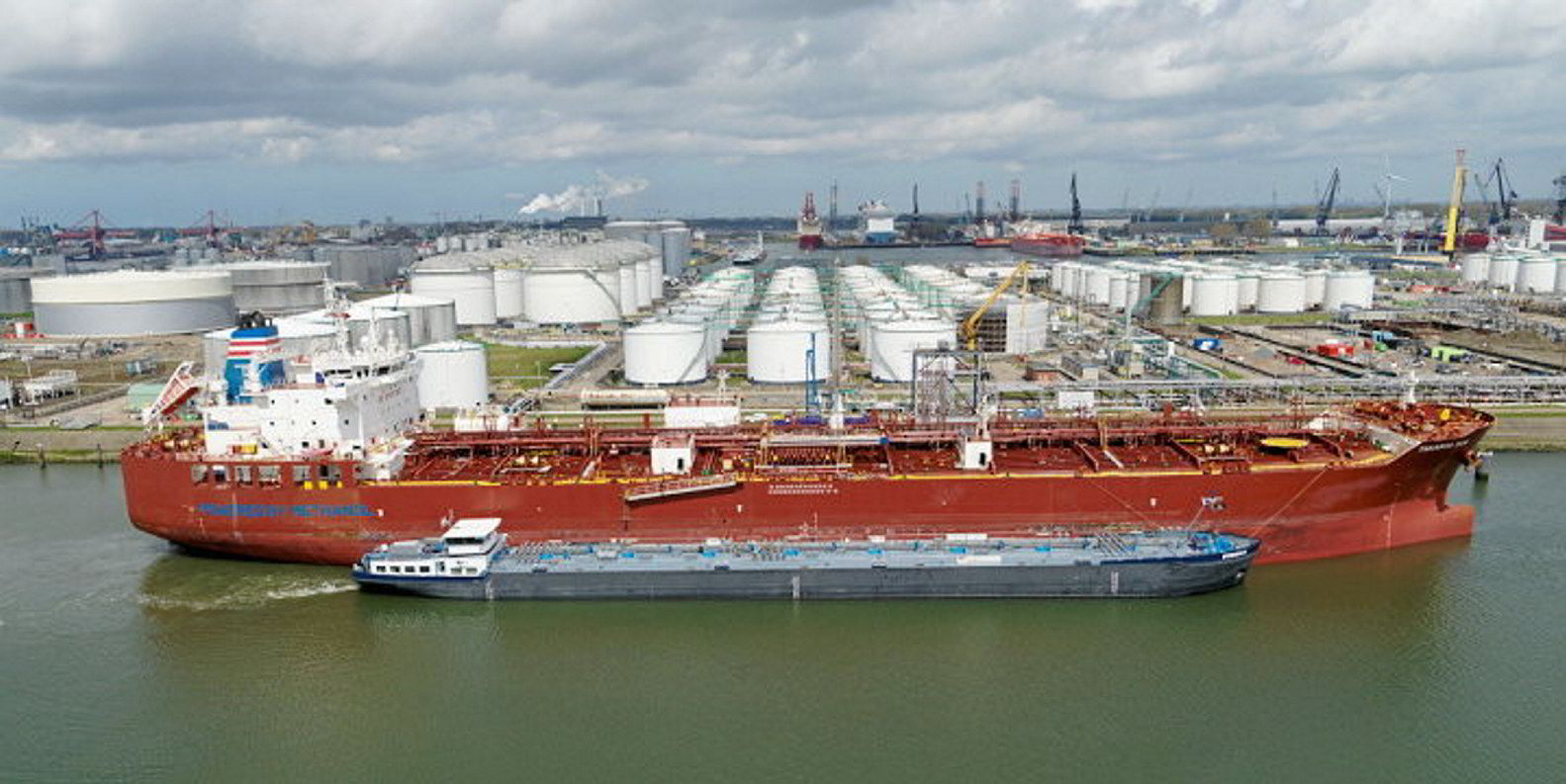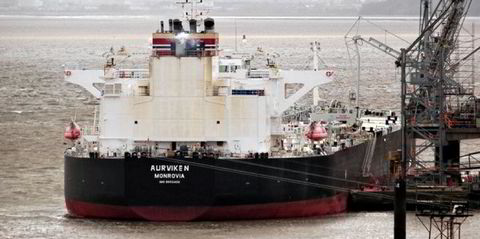Shipowners can be confident of ordering ships with the fuel flexibility to meet the regulatory and commercial decarbonisation demands of the future, according to a new report by classification society DNV.
AP Moller-Maersk’s order for methanol-fuelled containerships has grabbed all the headlines. But most shipping companies do not have the purchasing power of the Danish shipping giant to secure supplies of a new emerging fuel.
DNV’s annual report, Maritime Forecast 2050, takes a close look at the realistic options that are available to owners to stay ahead of the International Maritime Organization's target to halve carbon emissions by 2050.
The classification society is predicting that shipping’s decarbonisation investment bill is set to hit $60bn annually to fund the transition.
Transition choices
Oslo-headquartered DNV is forecasting a world in which the ships ordered with the capability to transition to a number of low-carbon and alternative fuels will be best placed.
DNV chief executive of maritime Knut Orbeck-Nilssen said his newbuilding discussions with shipowners today are all about their options for decarbonisation.
He said they are coming under increasing pressure from regulators at the IMO and the European Commission’s Fit for 55 project.
At the same time, the Poseidon Principles finance initiative is limiting access to finance to environmentally sound companies, while pressure is also coming from initiatives like Sea Cargo Charter.
“For the past two years, all of our conversations with the principles and leading executives have been around fuel choices, and what to do to be compliant,” he said.
“What we have seen accelerating over the past year is that other stakeholders are coming strongly into the picture, it is not only a matter of being compliant, but it is also becoming a commercial issue.”

The move towards decarbonisation is picking up. Alternative fuel ships already represent 12% of the world orderbook, compared to 0.5% in 2019.
DNV reviewed the number of potential investment scenarios and how they will impact operating costs through to 2050.
“What we want to emphasise in this carbon risk framework is that we can look into a lot of different possibilities,” said DNV principal consultant Linda Sigrid Hammer, one of the authors of the report.
“There are a lot of large variations between segments, owners, routes and trades, and it is worthwhile to look into different design options, and fuels, and look into both the economic and technical side of it, and to get different fuel price scenarios.”
DNV has drawn up a number of investment scenarios for newbuildings, including designs with options to upgrade mono-fuel or dual-fuel ships to alternative fuels, such as ammonia, methanol and hydrogen.
The classification society based its examples on a number of vessel types with operating costs of between $30,000 and $32,000 per day as a baseline.
It estimated that a marine-fuel vessel would see its operating cost rise to $56,000 a day by 2040 to comply with environmental regulations.
For LNG dual-fuel ships, operating costs would rise to $52,000 a day over the same period. For LNG dual-fuel ships designed as ready to upgrade to ammonia, its costs would rise to $50,000 a day. For a mono-fuel ship built ready to switch to ammonia, its operating costs would rise to $46,000 a day.
Citing the case of a mono-fuel newcastlemax bulk carrier, built as ammonia ready, DNV said that to keep up with the IMO’s decarbonisation targets it will have to use biofuels or synthetic fuel oils as a “drop-in fuel” until the time is right to transition to ammonia.
For those shipowners that do not have the financial capability for major capital expenditure, simply leaving a space ready for an alternative fuel tank may be enough to make the transition in the future.
It is also not only about price. Orbeck-Nilssen said that the use of a dual-fuel ship that runs on LNG opens the possibility for more options for the use of bio and synthetic fuels in the future.
“If you think about ordering a dual-fuel LNG vessel at this stage, it certainly helps you quite a bit along the way to stay compliant, and it has the possibility to use add-in fuels,” he said.
“LNG is a much more solid choice to make now than methanol or ammonia, unless you are one of the really big players that can shape the fuel supply side of things.”







